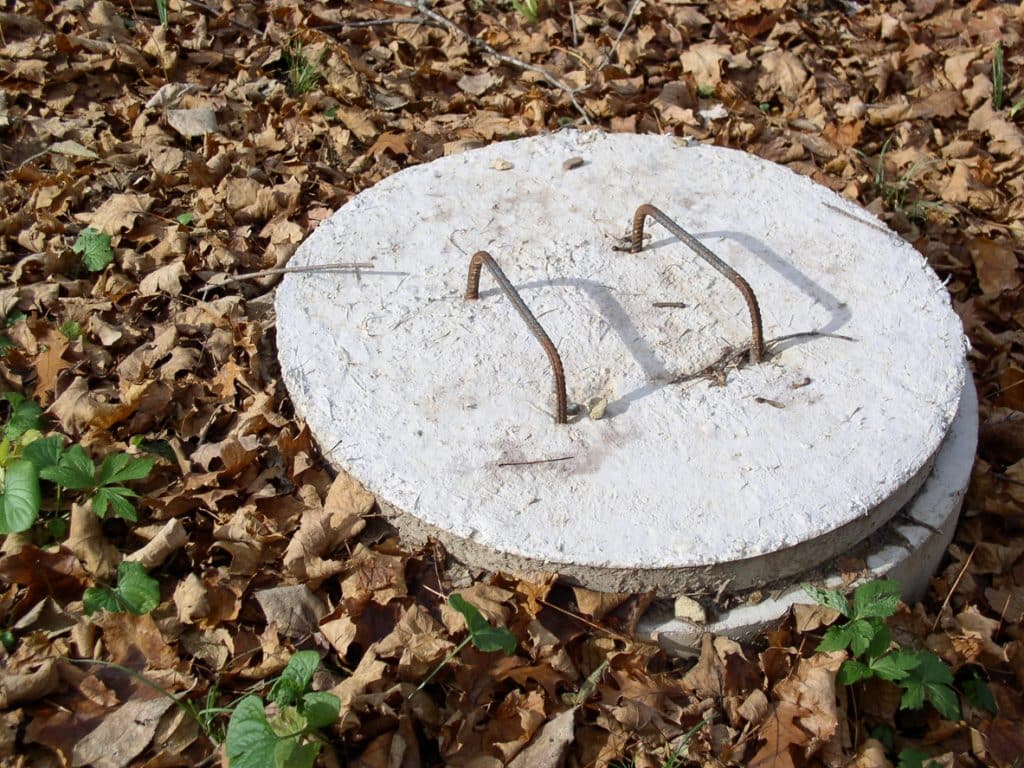Humans have always wanted to separate themselves from their waste products. But until fairly recently, humans had no idea about the germs harbored in such waste. They just couldn’t stand the smell. So, once people started settling in one place, the first effort at sanitation was just dumping raw sewage in the nearest body of water and letting the current take it away. Some civilizations dug trenches from the town to the nearest river and got rid of waste that way. Then, someone thought of sewer lines.
Mesopotamia
The ancient Romans were not the first to invent sewer lines. The Mesopotamian people had what could be called a sewer system made of clay pipes that unfortunately drained into the Tigris and Euphrates rivers. But this system was for high-status folk. Everyone else still had to collect their waste and dump it into the nearest irrigation canal. The pathogens from the wastewater inevitably made their way into the drinking water, which led to illness.
The Indus Valley
The people who lived in the city of Mohenjo-daro of the Indus Valley around 2000 BCE created brick sewer lines. These sewer lines, like ours, connected to people’s indoor toilets and were built beneath their streets. The sewers even had what we’d call manholes.
The Ancient Romans
The ancient Romans are famous for their complex and efficient sewer systems, some parts of which are still in use. One of the most famous sewer systems in the world is the Cloaca Maxima, which is thought to have been built around 600 BCE. By 100 CE, the homes of rich people and public latrines began to be connected to this huge drainage system. The sewer pipes were often made of terra cotta. Even now, some modern sewer pipes are made of vitrified clay.
Cities and the Need for Sewers
As human populations grew and began to congregate in cities, sewers and their lines began to replace the communal cesspits where people threw all kinds of waste. In London, a sewer system designed mostly by Joseph Bazalgette was begun in 1859 and completed in 1875. The sewer lines, helped by curiously majestic pumping stations, eventually dumped the waste in the River Thames, which carried at least some of it out to the sea.
Modern Sewer Lines
Now, nearly every home in the United States connects to some sort of sewer line. These lines take waste to a municipal sewage plant, where it’s treated and not simply dumped into a body of water. Other sewer lines take waste to a private septic tank whose liquid waste is cleaned in a gravel drainage field.
Contact Us to Learn More About Your Sewer Line
The history of sanitation is fascinating, but you may be worried about your own sanitary system at the moment. If you need sewer line service, get in touch with our plumbers at Harmon Plumbing Services in Durham, NC.


